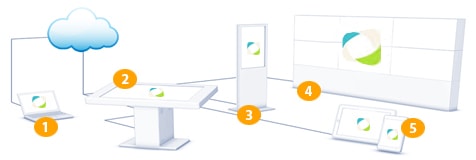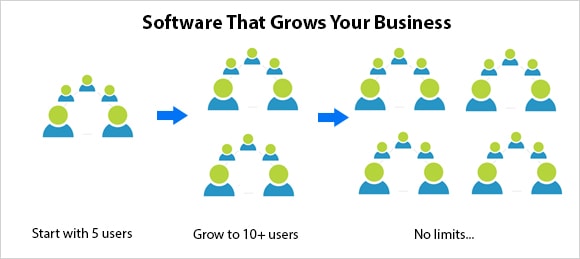July 21, 2015 By: Vikas Agarwal
In my previous post, I discussed about the usability, mobile-friendliness, and Support for Multiple Languages and Internationalization In this post, I’ll be shedding light on cloud vs on-premise deployment, scalability, roles & permissions. Here you go.
Cloud vs On-premise Deployment

Based on the size, complexity and availability of infrastructure and administrative staff, you should decide whether you want to choose a cloud-based deployment of your CMS or want to deploy it at one of your servers. Also, several CMS vendors offer pre-configured instances of their CMS product running on their infrastructure and term it as CMS as a Service. You can choose such a deployment if your customization needs and complexity are really low. On the other hand, in the case of a full-blown, heavily customized CMS, you should choose a CMS that is easy to customize and can be deployed on your own infrastructure.
Scalability

From a future-growth perspective, the scalability of your CMS architecture is really crucial. Not only should your new website be able to respond pretty fast to your current website’s load, but also should it be scalable to handle its 10 times as much with almost equal performance. This sometimes might not be achievable if the current traffic volumes are already pretty high, but even in those cases, the CMS application should be able to leverage performance gains by introducing horizontal and vertical partitioning. It should be able to benefit from techniques like load balancing, failover, server/database clustering, and caching.
For front-end performance, it should be able to use minified JavaScript and CSS, compacted images, and other static resources, in addition to being W3C compliant. Also, its structure should support Ajax caching, image caching, content expiry, and if required, a Content Delivery Network (CDN) for a heavily content-driven website.
Roles and Permissions
Roles and permission management is an important feature, particularly, if your portal needs to be configured in a multi-site mode or if there are numerous users able to perform a variety of actions (e.g. in an internal self-serve employee portal.) Many CMS applications support the configuration of various permissions into roles or permission groups, or both. You should look at how easy and robust the configuration is, and how the roles and permission framework can be tailored to your specific needs.
So, that’s it for now. I’ll be highlighting Analytics, Intelligence, & Marketing Optimization, Multi-site Support, Installation/ Migration/ Upgrades, and Documentation/User Support in my next post. Do share your thoughts on the factors one should consider while evaluating a CMS.



